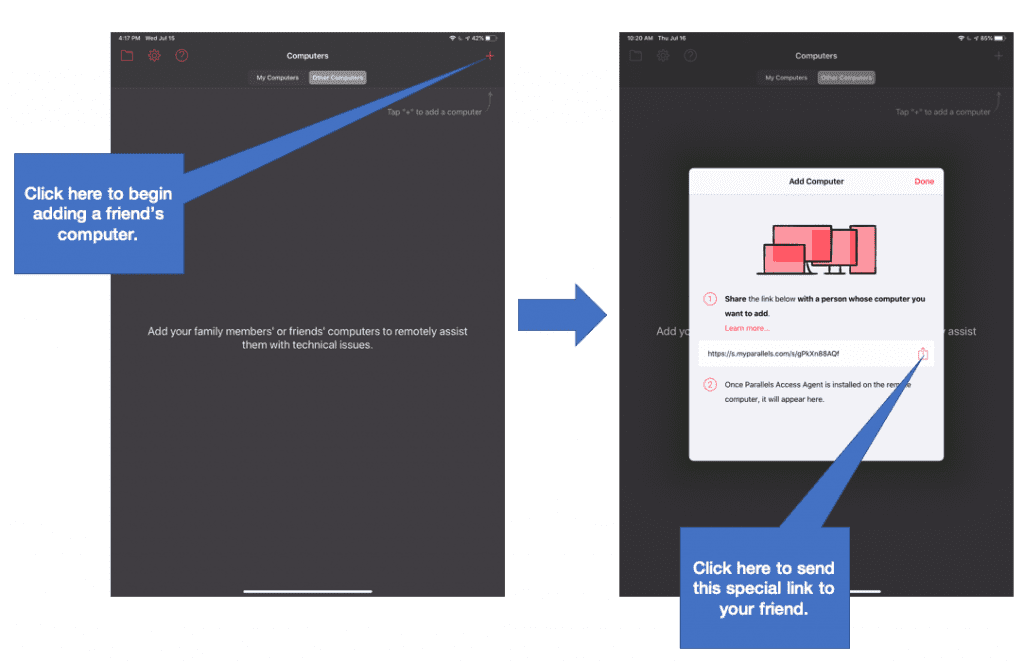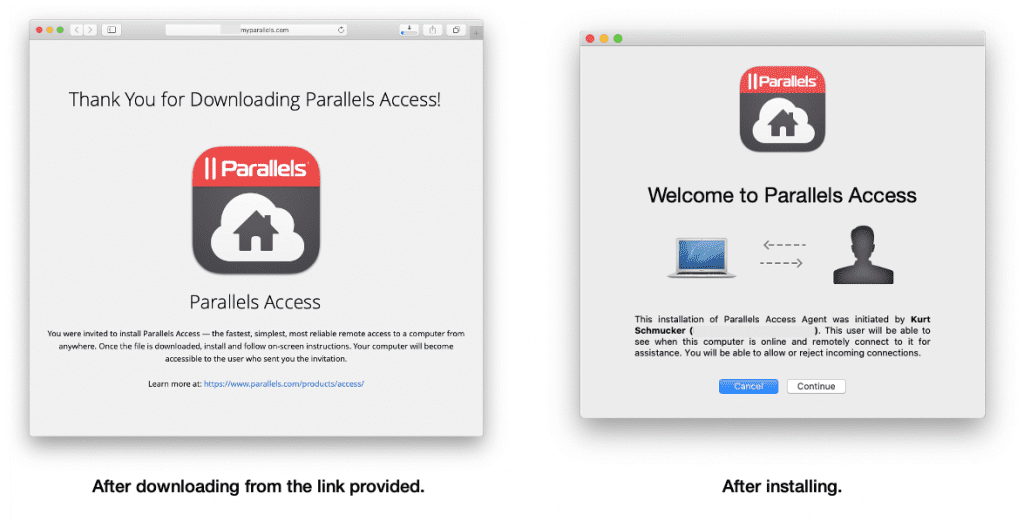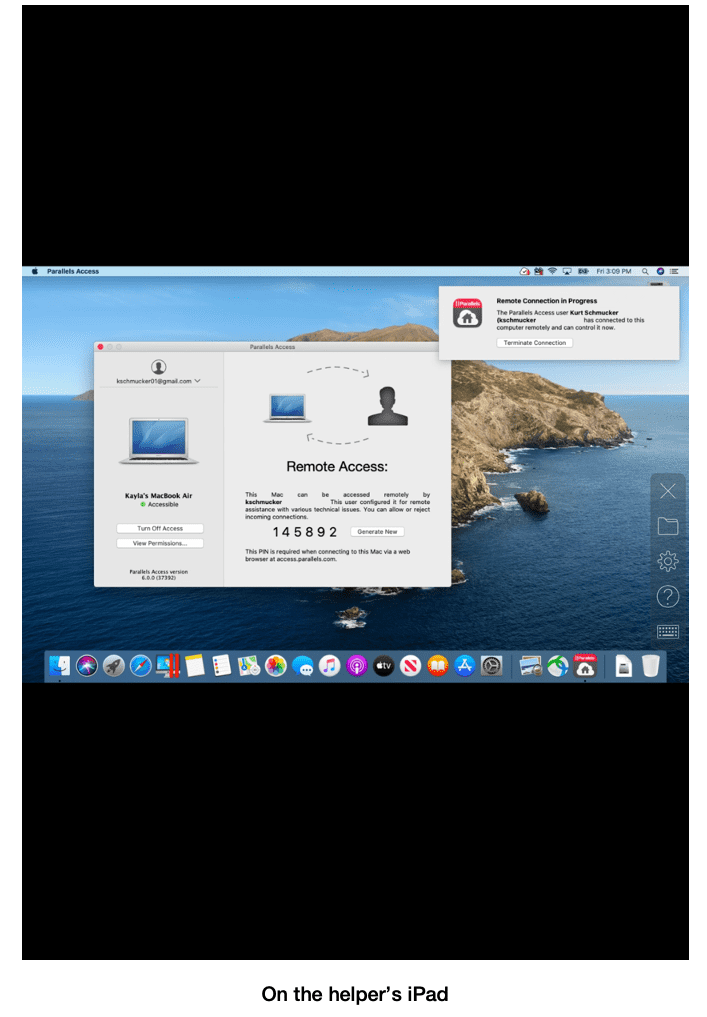Microsoft has announced new updates to its suite of offerings including Azure, Teams, and Microsoft 365. The new features, which were announced on the first day of the company’s virtual Microsoft Inspire conference, are aimed at providing businesses with better remote working solutions in the age of social distancing.
The company announced a slew of new business applications which prioritise the health and safety of employees returning to offices post-lockdown and support independent software vendors (ISVs) in developing, publishing, and marketing their apps.
Microsoft Azure
As part of the Inspire commencement, Microsoft unveiled the second generation of Azure Stack HCI (hyper-converged infrastructure), which allows users to run virtualized workloads on-premise while connecting to Azure. In contrast to the original release, which was introduced in March 2019, the latest version of the Azure Stack HCI is not reliant on the Windows server.
Azure Stack HCI can be used to modernise data centres with high-density virtualization and storage, as well as to view and manage multiple clusters and virtual machines (VMs) at the same time using Microsoft’s multi-cloud management solution Azure Arc.
Catering to a growing remote working environment, customers can run Azure Stack HCI on their own hardware, under the condition that it matches Microsoft’s validated node solution. Azure Stack HCI is currently delivered by Dell EMC, HPE and Lenovo.
As a part of the second-generation Azure Stack HCI, Microsoft also announced a new deployment wizard which aims to help IT administrators to quickly setup an Azure Stack HCI cluster and connect to Azure, as well as a Stretch Cluster for high availability (HA) and disaster recovery, allowing to easily extend a cluster from one site to multiple.
The new Azure Stack HCI is to include Extended Security Updates for Windows Server 2008 virtual machines, at no additional cost.
Microsoft 365
One of the most interesting announcements to come out of Inspire 2020 are the changes to Microsoft 365’s UX, which sees an increased focus on simplicity.
Head of Microsoft Office design John Friedman said that “the next wave of Microsoft 365 UX changes will go even further by fading brand colors from app headers and exploring adaptive commanding”, including “a flexible ribbon that progressively discloses contextually relevant commands at the right time just where you need them”. The standard ribbon UI had graced Office since 2007 and has not experienced many changes until now.
“We’ll further advance our seamless, cross-suite Search to bring relevant information to your fingertips, and myriad forthcoming experiences will leverage Fluid Frameworks. Microsoft 365 will bring the power of Office to wherever you are, ensuring you won’t need to interrupt your creative process to open a different tool,” Friedman explained in a blog post.
The UI updates are part of the Fluent Design system which has been changing Office over the past couple of years by adding new icons and introducing dark mode.
Microsoft also announced the public preview of Microsoft Endpoint Data Loss Prevention in Microsoft 365, which aims to help customers identify and protect information on endpoints. The tool is built into Windows 10, Office Apps, and Microsoft Edge, therefore facilitating deployment and eliminating the need for an additional agent.
The company also unveiled Universal Print, a new service solution that provides a secure print experience for customers moving their workload to the cloud. The service eliminates the need for a complex hybrid print setup, thus expanding opportunities for reseller and hardware partners.
Microsoft Teams
The tech giant also introduced new features to its collaborative platform Microsoft Teams, which aim to ensure a secure and collaborative working environment while working from home.
The now generally-available Teams Room Premium provides customers with a cloud-based IT service that includes 24/7 proactive management and monitoring delivered by Microsoft experts. Teams Rooms Premium aims to provide users with the option to shift the operational burden of their rooms to Microsoft or a certified Microsoft partner.
As a part of its Teams updates, the company also announced the new RealWear head-mounted devices, which provide first-line workers with hands-free access to information and the ability to conduct calls with remote experts directly from their job sites. Users will be able to access chats, remote assist capabilities and other resources using only voice commands.
Another newly-announced Teams feature is Walkie Talkie, which allows customers to turn employee- or company-owned Android smartphones and tablets into a walkie-talkie, enabling clear, instant and secure voice communication over the cloud. The app reduces the number of devices employees must carry, potentially lowering IT costs.
Microsoft also announced enhancements to its Power Platform within Microsoft Teams, aiming to facilitate the creation, deployment and management of apps without the need to leave Teams. Apps and chatbots built with Power Apps and Power Virtual Agent will now be able to access data residing in the Microsoft Dataflex, a relational database which has been built into Teams at no additional cost. Thanks to DataFlex, users will be allowed to build applications and workflows directly within Teams without having to consider back-end tech logistics. The new Power Apps features will be available for public preview starting next month.
Partnership priorities
Lastly, Microsoft outlined its partnership priorities for the fiscal year 2021, which are the following:
- Remote work
- Business continuity
- Security
- Cloud migration
As a part of the new “remote everything” environment, Microsoft announced that it would focus on empowering employees, engaging customers, optimising operations, and transforming products. According to the company, the combination of these factors would create an inclusive, trusted workplace which respects fundamental rights.
 has regularly added significant new features like file management, a web portal and support for split-screen multitasking on iPad.
has regularly added significant new features like file management, a web portal and support for split-screen multitasking on iPad. 



